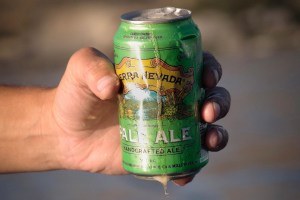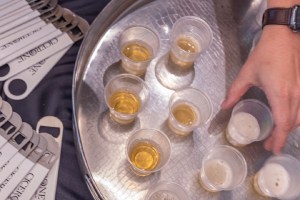 Andrew Burns joins me this week from Dakota County Technical College to talk about brewing education programs for working professionals. Subscribe on iTunes to Audio version or Video version or Spotify or Google Play Download the MP3 File– Right Click and Save As to download this mp3 file. Your browser does not support the audio […]
Andrew Burns joins me this week from Dakota County Technical College to talk about brewing education programs for working professionals. Subscribe on iTunes to Audio version or Video version or Spotify or Google Play Download the MP3 File– Right Click and Save As to download this mp3 file. Your browser does not support the audio […]  Andrew Burns joins me this week from Dakota County Technical College to talk about brewing education programs for working professionals. Subscribe on iTunes to Audio version or Video version or Spotify or Google Play Download the MP3 File– Right Click and Save As to download this mp3 file. Your browser does not support the audio […]
Andrew Burns joins me this week from Dakota County Technical College to talk about brewing education programs for working professionals. Subscribe on iTunes to Audio version or Video version or Spotify or Google Play Download the MP3 File– Right Click and Save As to download this mp3 file. Your browser does not support the audio […] 












